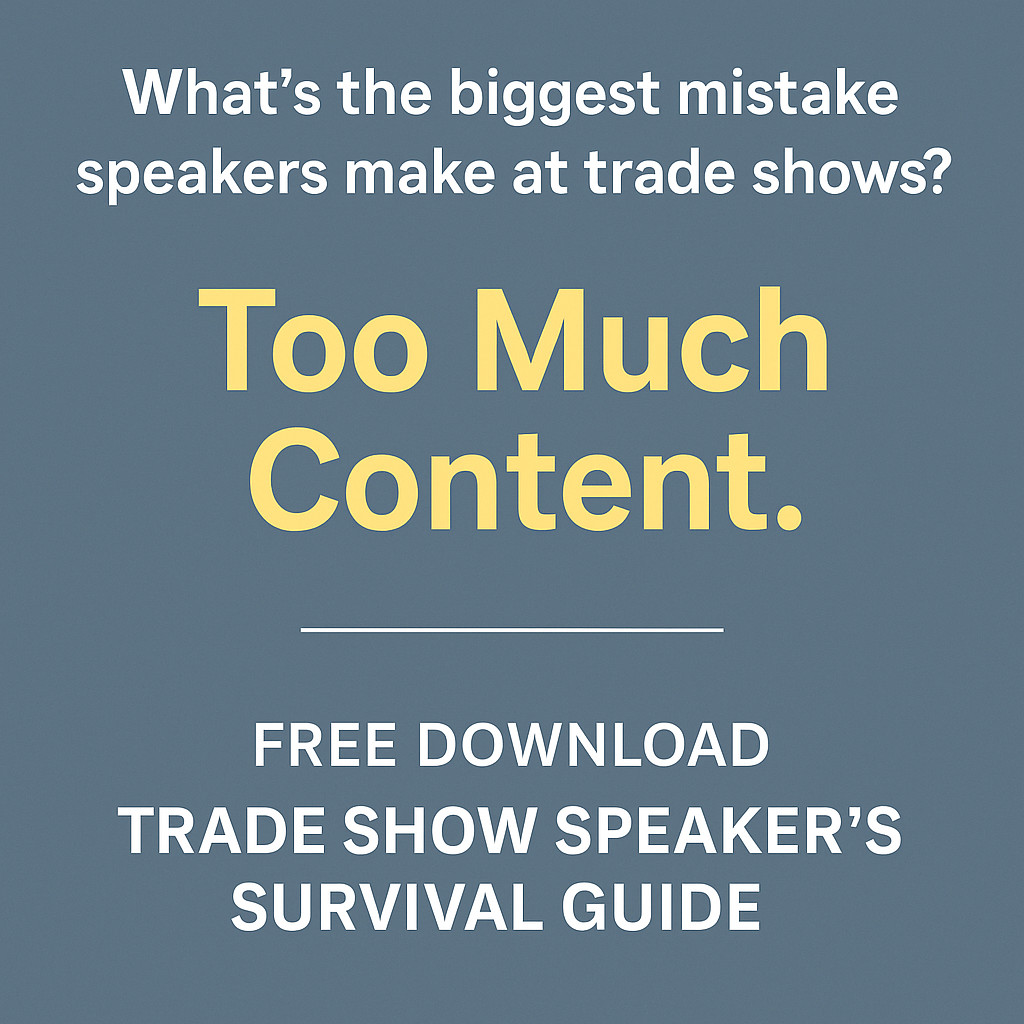
What’s the biggest mistake people make when speaking at trade shows?
In my experience — having listened to thousands of presentations — it’s this:
Too Much Content
It’s an easy trap to fall into. We’re passionate about our work. We want to showcase our expertise. We feel the need to justify our slot on the programme. And so we pack in everything we can think of — every insight, every feature, every case study.
The result? A well-intentioned talk that leaves the audience overwhelmed, disengaged, or mentally checked out after the first few minutes.
At trade shows, more information does not equal more impact. In fact, it often has the opposite effect.
Dale Carnegie Got It Right
Dale Carnegie famously said that we should know at least 40 times more than we speak about. Why? Because our credibility as speakers comes from our depth of knowledge, but our impact comes from restraint.
We don’t earn the right to speak by saying everything we know. We earn it by being able to focus our knowledge into one clear, compelling, and relevant message - and deliver it in a way that cuts through the noise.
And at trade shows, there is a lot of noise.
Step Into Your Audience’s Shoes
To understand what kind of talk will work at a trade show, you need to see the event from your ideal client’s point of view.
Here’s what a typical visitor might experience:
- They’ve walked several miles around the venue already.
- They’ve had countless conversations with over-eager salespeople.
- Their tote bag is full of brochures, pens, lanyards, and branded stress balls.
- They’ve sat through a few talks - some useful, some instantly forgettable.
- They’re trying to keep an eye on the time, their meetings, their phone, and maybe even where to get the next coffee
So when they sit down to hear you speak, they’re not looking for a thesis. They’re looking for a moment of clarity.
What’s the one idea that will make their time in that seat worth it?
What’s the one insight that will stick in their mind as they move on to the next seminar or workshop?
Trade Show Audiences Are Different
Unlike a TEDx or a business conference audience, a trade show audience is:
- Often temporary - people drift in and out.
- Frequently distracted - by their phones, surroundings, or what’s next.
- Not always intentional – they may have wandered in by accident or for a quick sit-down.
Some people are genuinely interested in your topic. Others are just taking a break. Some are killing time until a meeting. Others are waiting for a friend or trying to charge their phone. A few are in the wrong session entirely.
And even the ones who came to hear you speak are likely not in deep learning mode. They want value — but they want it fast, clear, and practical.
That’s why simplicity and structure matter more here than anywhere else.
Less Content, More Clarity
When I’m coaching clients for trade show talks, I start with one key question:
What’s the one outcome you want from this speaking opportunity?
Because a speech that’s trying to achieve everything will achieve nothing.
Maybe you want to:
- Raise awareness of a new product or service.
- Position yourself as a trusted expert.
- Generate traffic to your stand.
- Attract leads from a specific sector.
- Drive signups, trials, or downloads.
Each of these goals will require a different structure, tone, and call to action. But all of them will benefit from a focused message — and a deep understanding of what your audience cares about.
The Power of One Message
Instead of stuffing in five ideas, build your talk around one single message. One takeaway. One ‘aha’ moment.
That message should:
- Be easy to grasp.
- Solve a real pain point.
- Be relevant to why your audience is at the trade show in the first place.
- Spark curiosity or conversation.
Trade Shows Are Noisy — Literally
Let’s not forget the environmental challenges of trade show talks:
- Background noise from the exhibition floor.
- Overlapping speaker sessions.
- Announcements, videos, live demos.
- People walking in and out.
- Bright lights, poor acoustics, and chairs that squeak.
You’re not presenting in a lecture theatre — you’re holding attention in the middle of a circus.
That’s why performance matters. Your voice, energy, and structure must work harder than usual. You need to grab attention fast and keep it. Stories, analogies, and memorable visuals work far better than long lists of bullet points.
Plan Your Talk Like a Stand Strategy
Trade show speaking isn’t just a platform — it’s a lead-generation tool. It should tie in directly with your event goals.
Ask yourself:
- What problem do we solve that’s top-of-mind for attendees?
- What do we want people to do after the talk? (Visit our stand? Download something? Book a demo?)
- How can we track who came and follow up?
Make sure your team is ready to engage with the audience after the talk. Have flyers, QR codes, or guides ready. Be visible. Offer a next step.
Start With Empathy, Finish With Simplicity
Ultimately, speaking at a trade show isn’t about dazzling people with your brilliance.
It’s about connecting — quickly, clearly, and memorably.
It’s about understanding what your ideal client is thinking, feeling, and worrying about when they sit down in that seat.
And then offering them one powerful insight that makes them think,
“That was exactly what I needed.”
Want More Trade Show Speaking Tips?
Download my free Trade Show Speaker’s Survival Guide — packed with practical ideas to help you craft a compelling, high-impact talk that works with the trade show environment, not against it.
#TradeShowTips #PublicSpeaking #SpeakerCoach #EventMarketing #RikkiArundel #SpeakersEcademy
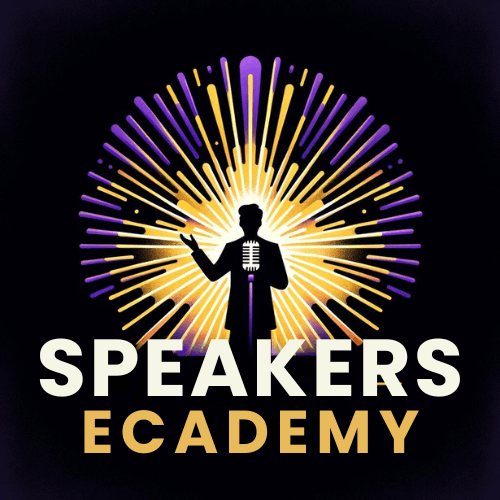
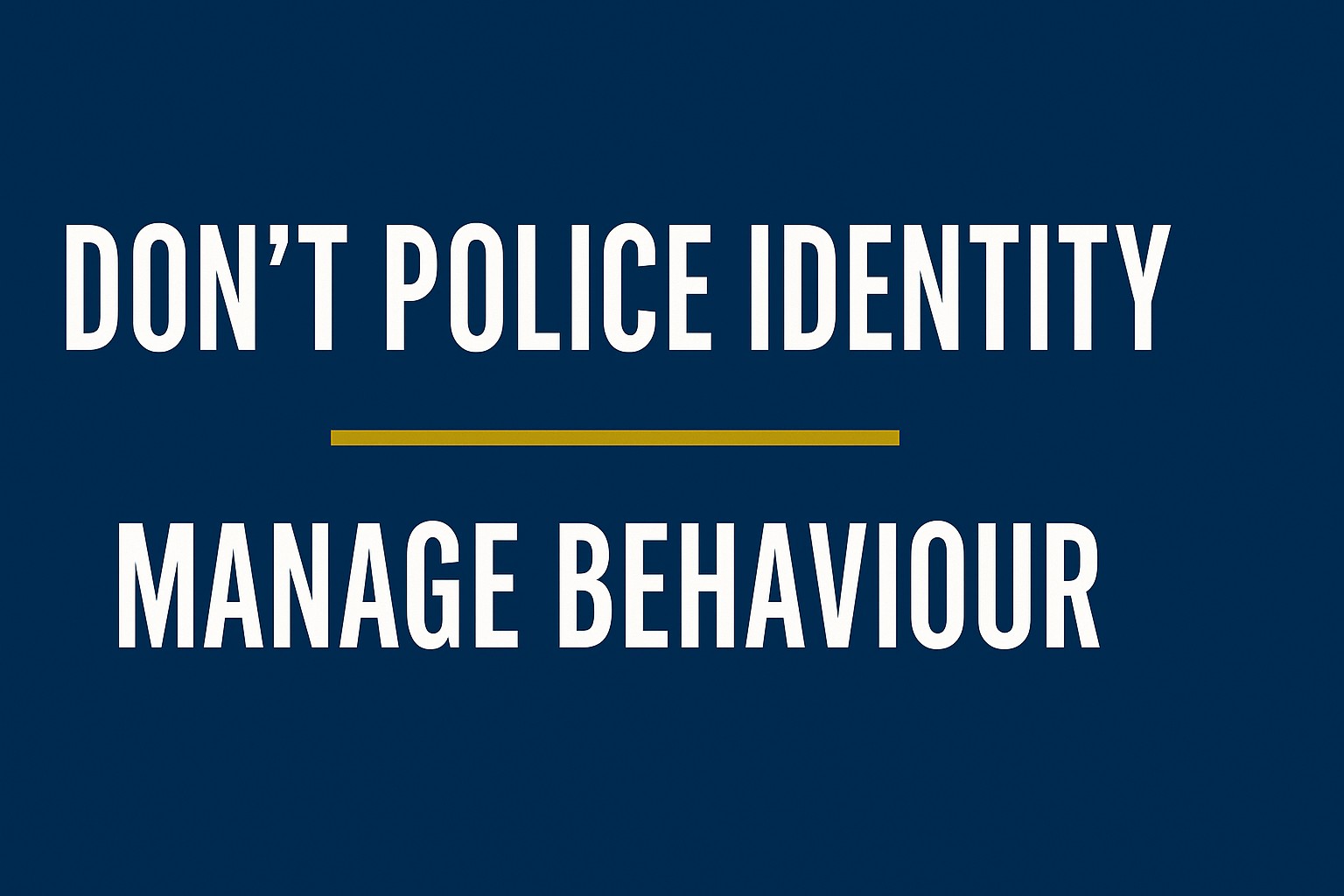

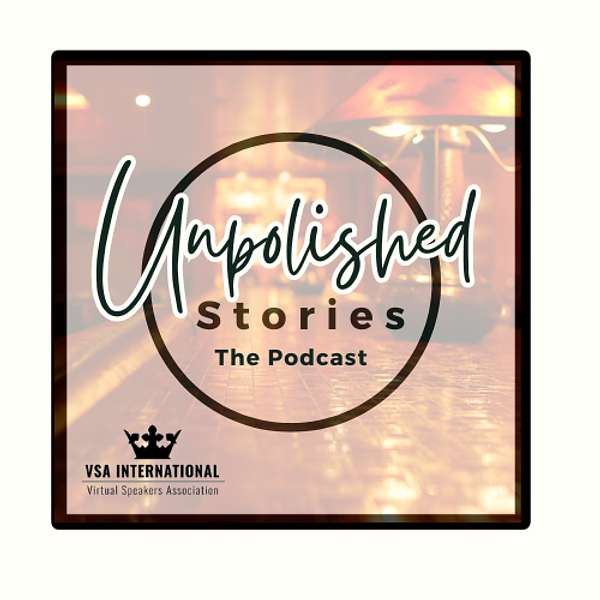
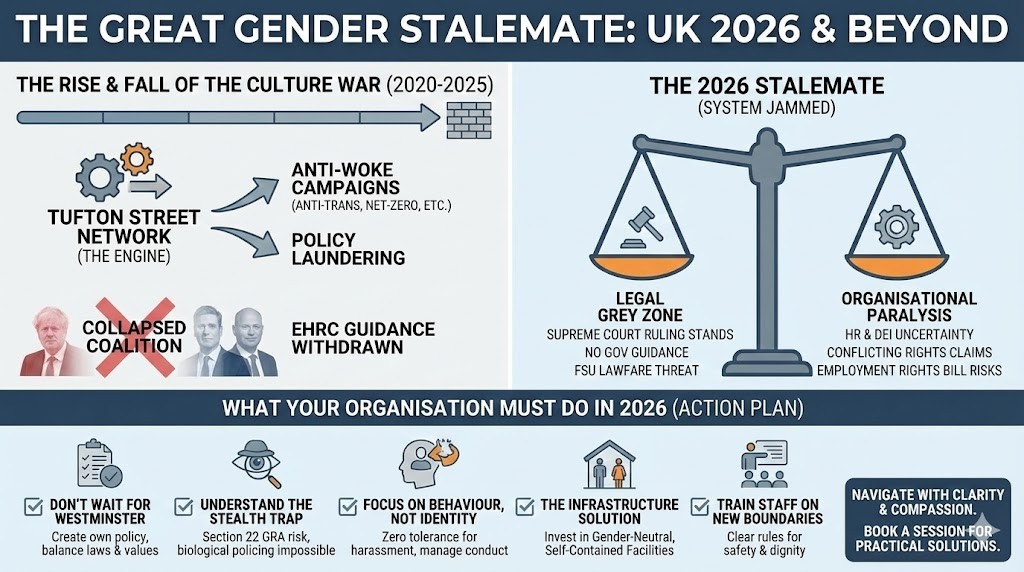
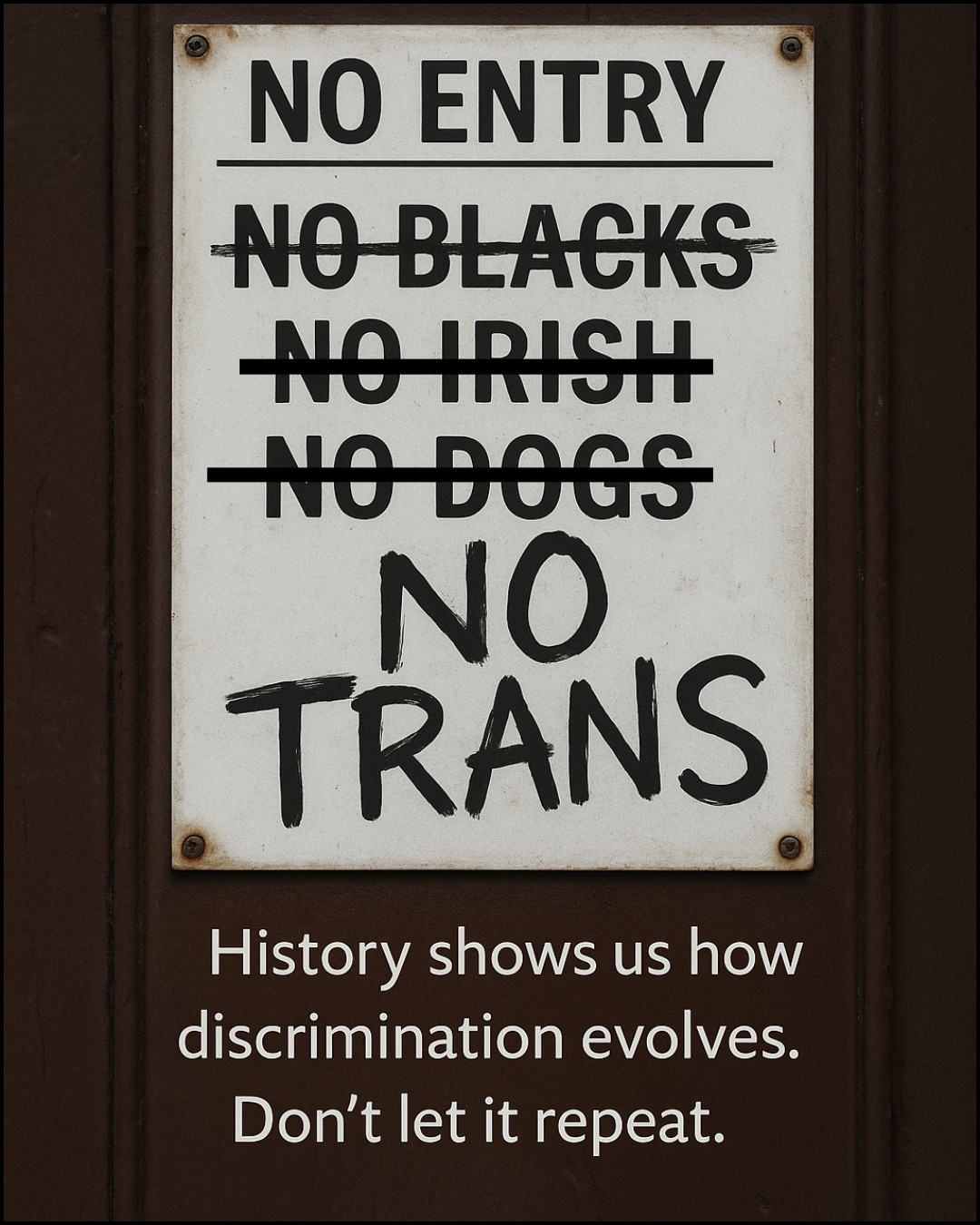
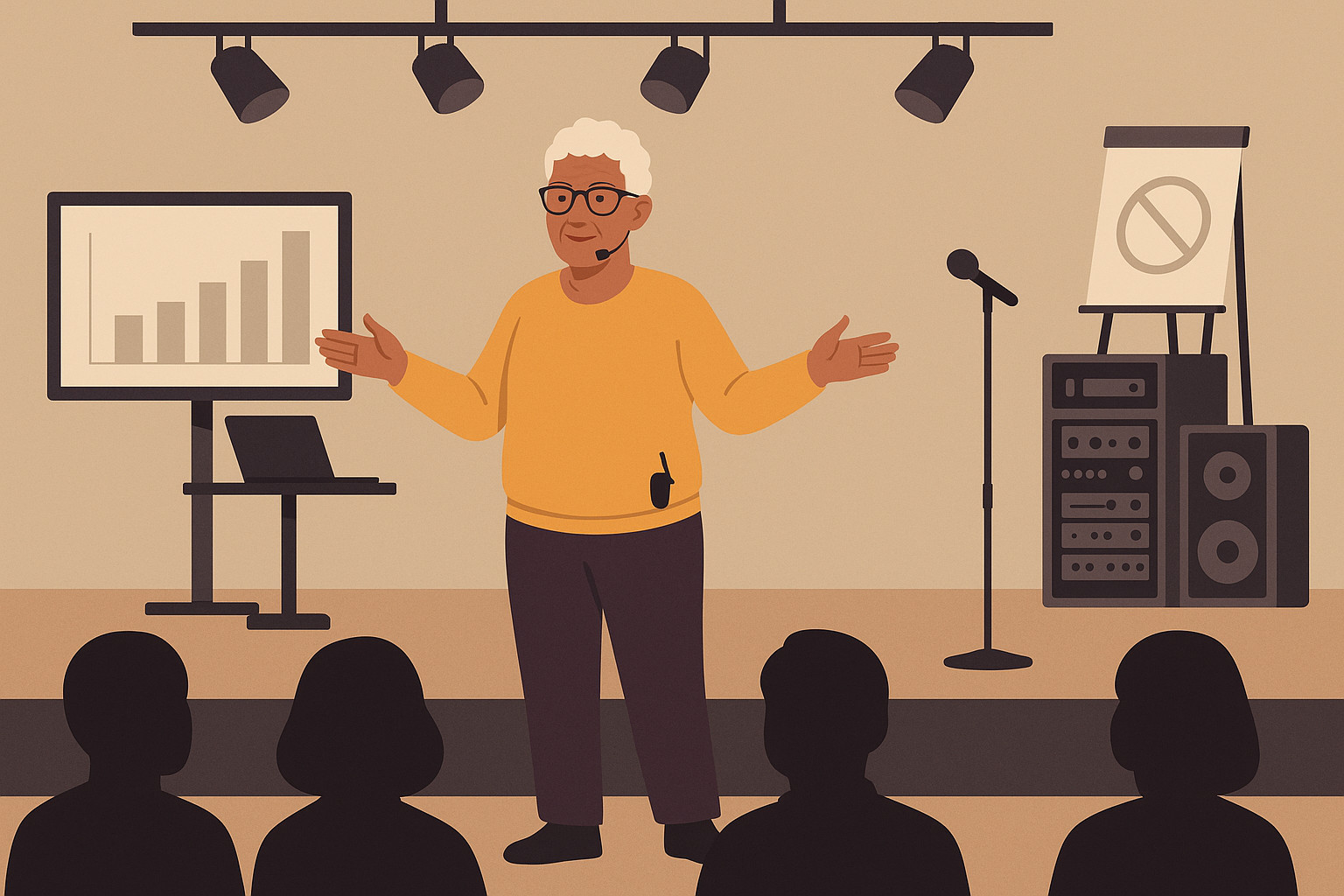
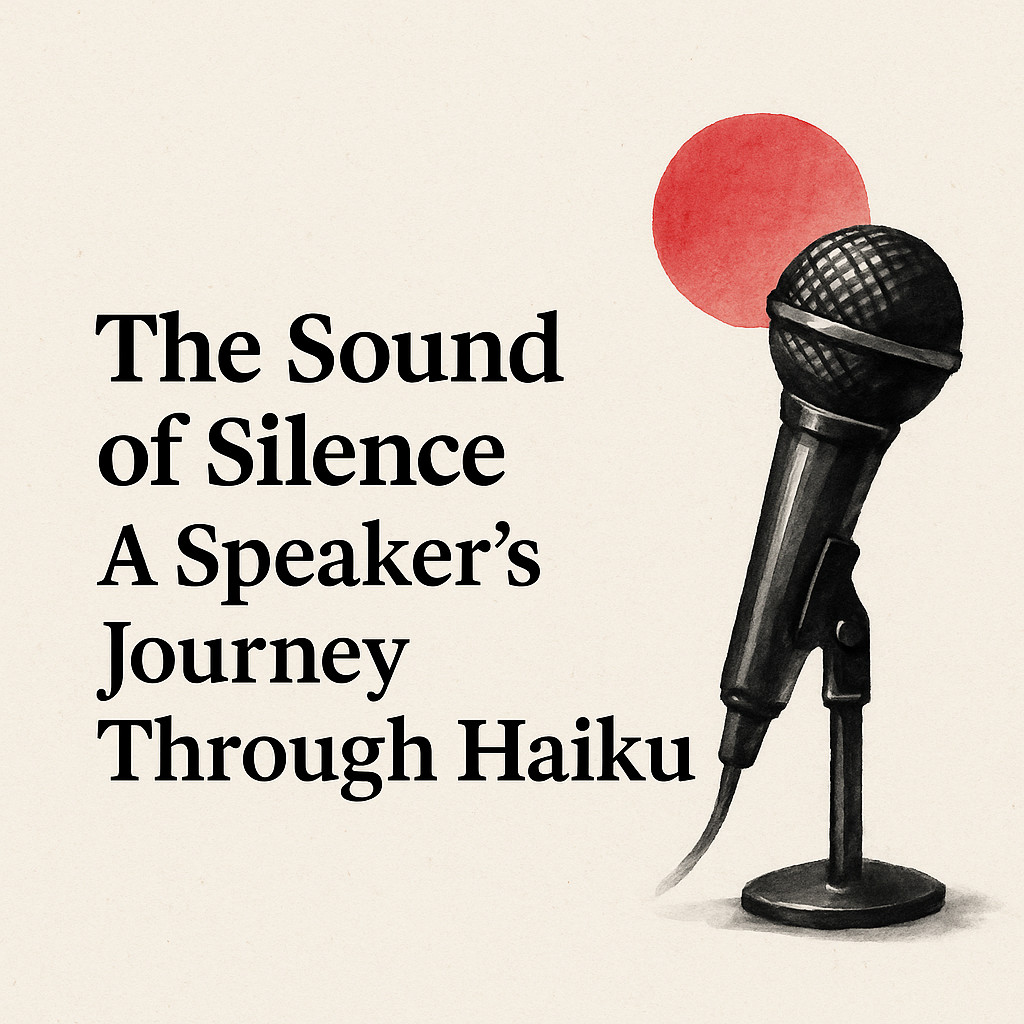
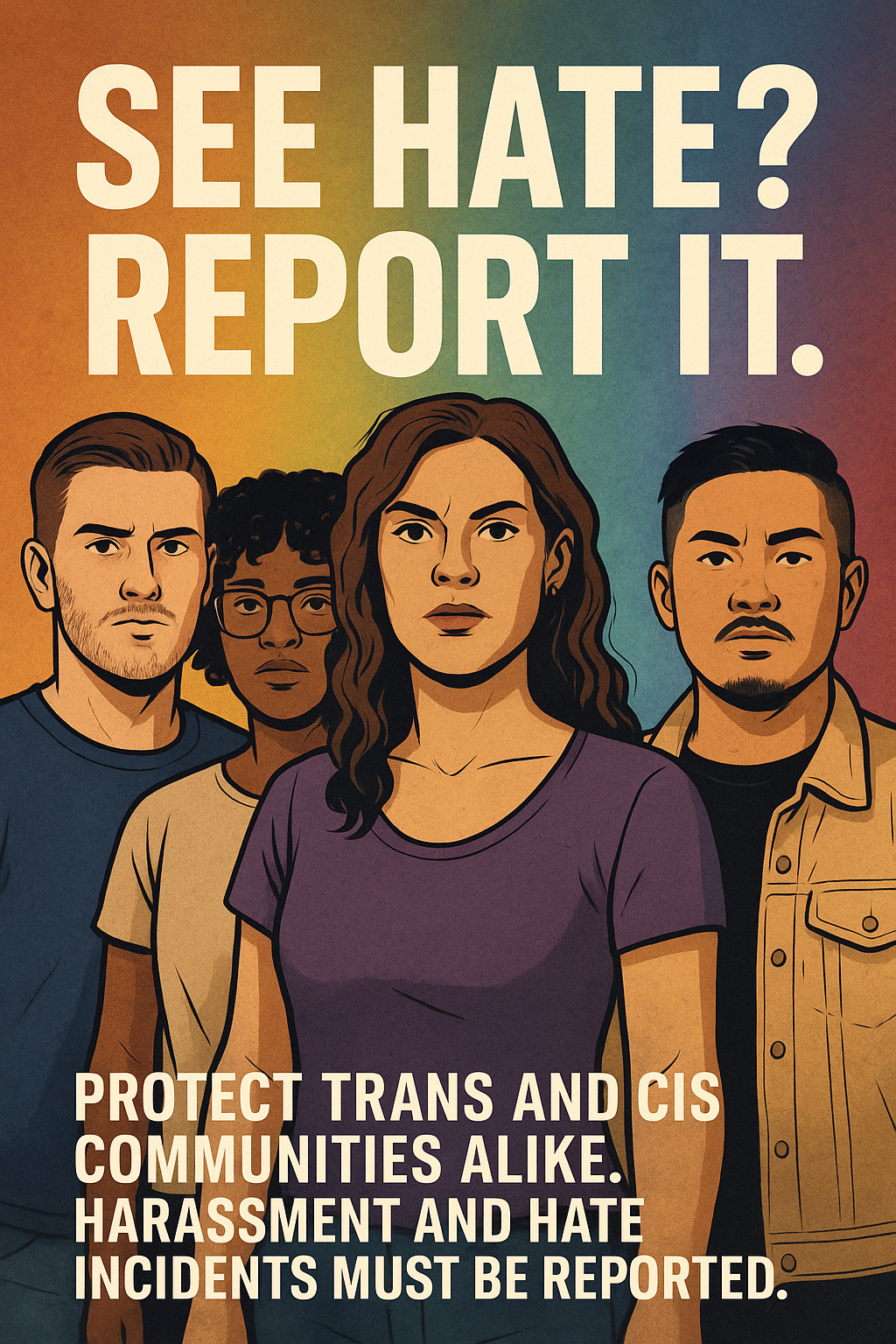

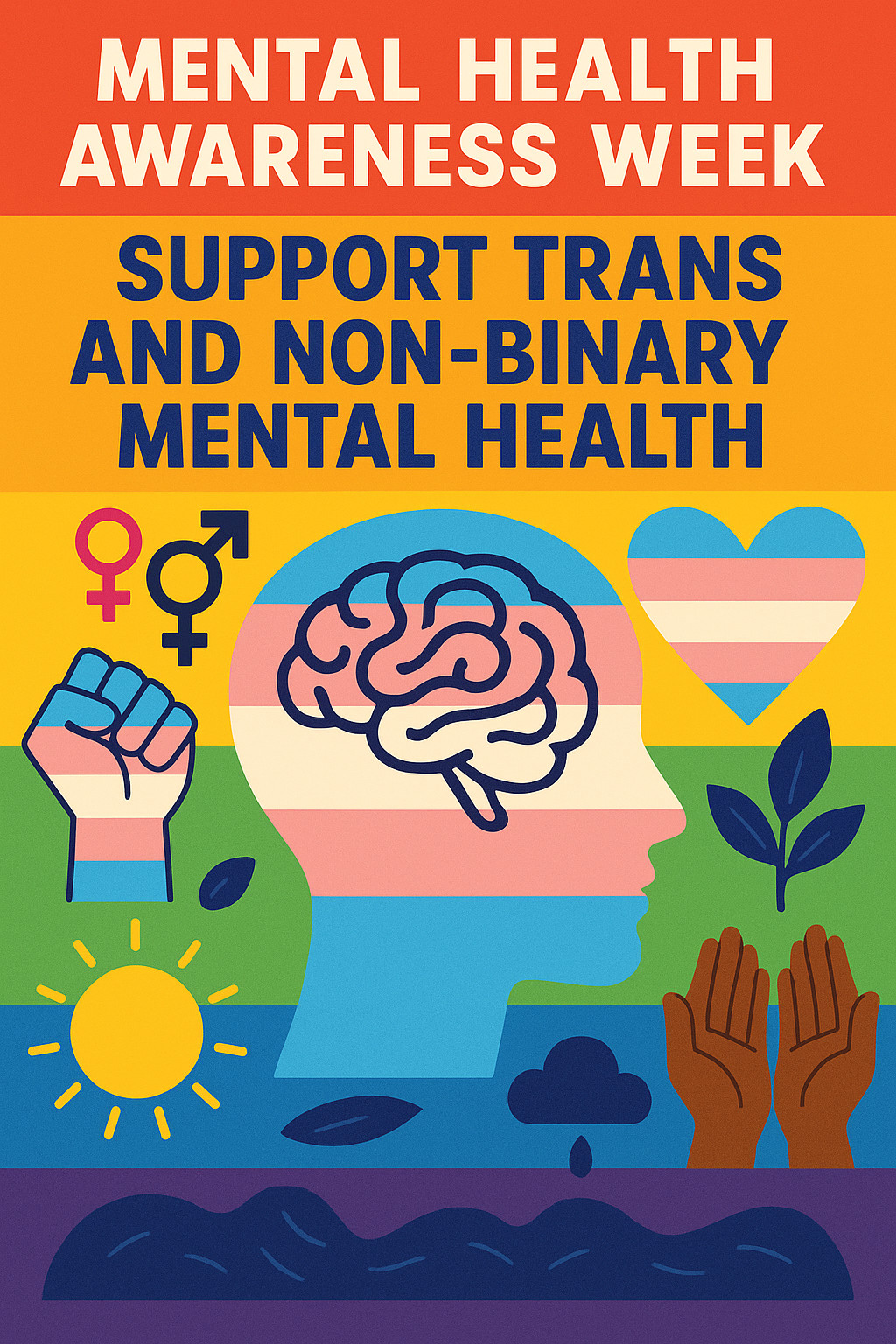





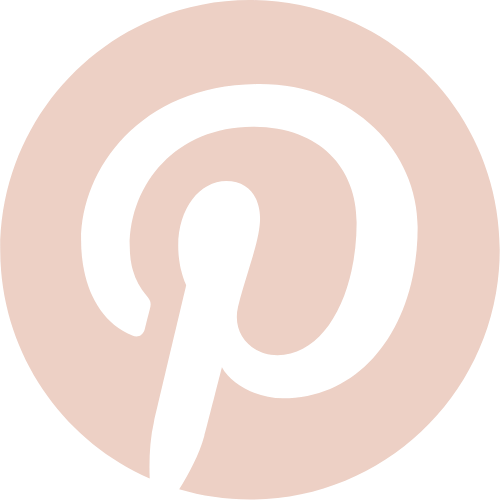

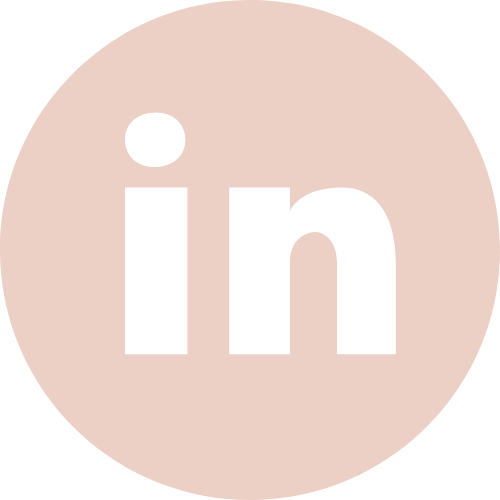
0 Comments